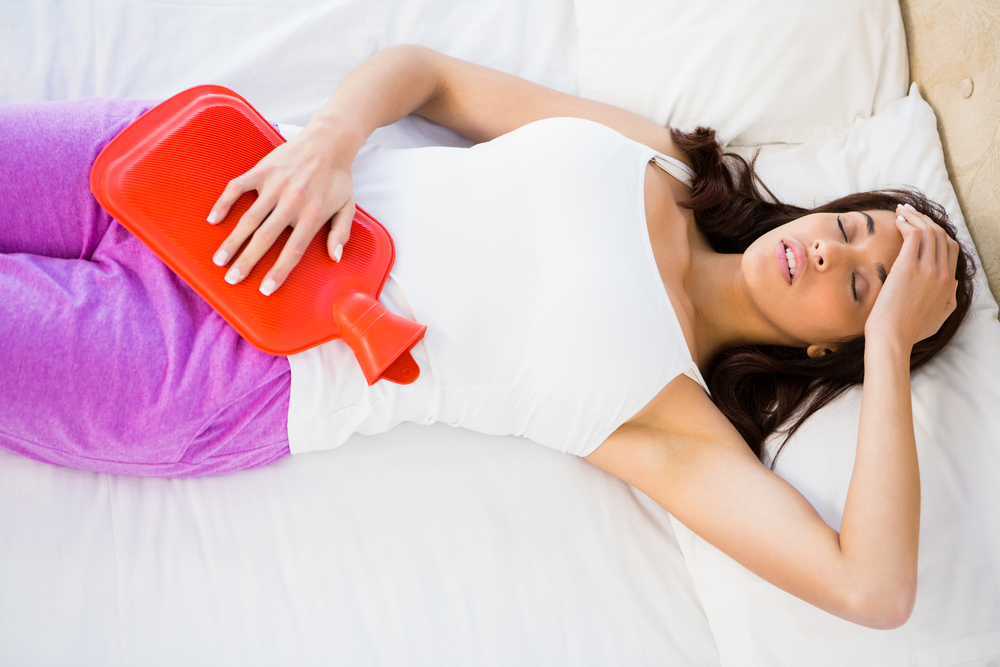
When you hear about a holistic approach, images of nature or meditating on a mountaintop might come to mind. But what does holistic really mean? According to Oxford Languages online dictionary, holistic medicine is
“characterized by the treatment of the whole person, taking into account mental and social factors, rather than just the symptoms of an illness”.
In our clinic, we strive to take this approach when helping people with painful periods (dysmenorrhea, in medical parlance). The primary method we use to help is of course acupuncture- and generally we see patients weekly, throughout the month as a means of improving overall health and emphasizing prevention as it’s not always possible for patients to come in for acupuncture as their cramps are peaking.
Additionally, we utilize other Traditional East Asian Medicine (EAM) therapies such as moxibustion, sometimes cupping, heat therapy and herbal medicine.
However helpful these methods are, we would be negligent in not taking the time to discuss many other factors with our patients, including the mental and emotional toll of living with painful periods, how it affects their ability to work or go to school, socialize and work out. Over many weeks of working with patients at their acupuncture treatments, we take the time to discuss these factors and brainstorm things you can do to support yourself.
Painful periods, whether or not they are due to a known cause (endometriosis or fibroids, for example) usually require a team approach when they are severe enough to impact someone’s ability to function. Finding a gynecologist who won’t dismiss your pain and is willing to investigate further is of primary importance. Then, other “team members” such as an acupuncturist, pelvic floor physical therapist, registered dietician and/or mental health professional may play an important role. However, we mustn’t forget the importance of your day to day support- surrounding yourself with supportive and understanding friends and family and co-workers (including bosses and teachers) and potentially a support group (there are many out there specifically for this).
As one member of my patients’ healthcare support “team”, I wanted to give a quick sampling of how we can help.A few of our favorite EAM-specific tips for painful periods are detailed below.
- Warmth- In East Asian Medicine, warmth is something you build and nourish all month long, not just during your periods. Using a heating pad or hot water bottle on your lower back or lower abdomen for 10-15 minutes daily as well as keeping the abdominal area covered and warm are easy ways of doing this.
- Acupressure to Spleen 6- See this YouTube video describing how to locate this point. Apply pressure for 2-5 minutes daily in the weeks leading up to your period as well as during. Adjust the amount of pressure and the technique you use based on how it makes you feel, in that moment.
- Liver Gummies Self-Massage- I learned this technique from one of my favorite teachers, the amazing Claudia Citkovitz. For this technique, first apply any type of lotion or massage oil to your inner shin, and then use your thumb to search out any “gummies” along the inner edge of the shinbone (tibia). Use firm pressure to focus on massaging these gummies until they start to feel a bit softer. You can find them anywhere between the ankle up to just below the knee. This pathway is along the liver meridian in Traditional Chinese Medicine, which has a close connection and direct effect on the pelvic region. As with the above point, you can adjust the amount of pressure and the technique you use based on how it makes you feel, in that moment.
